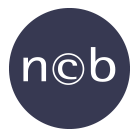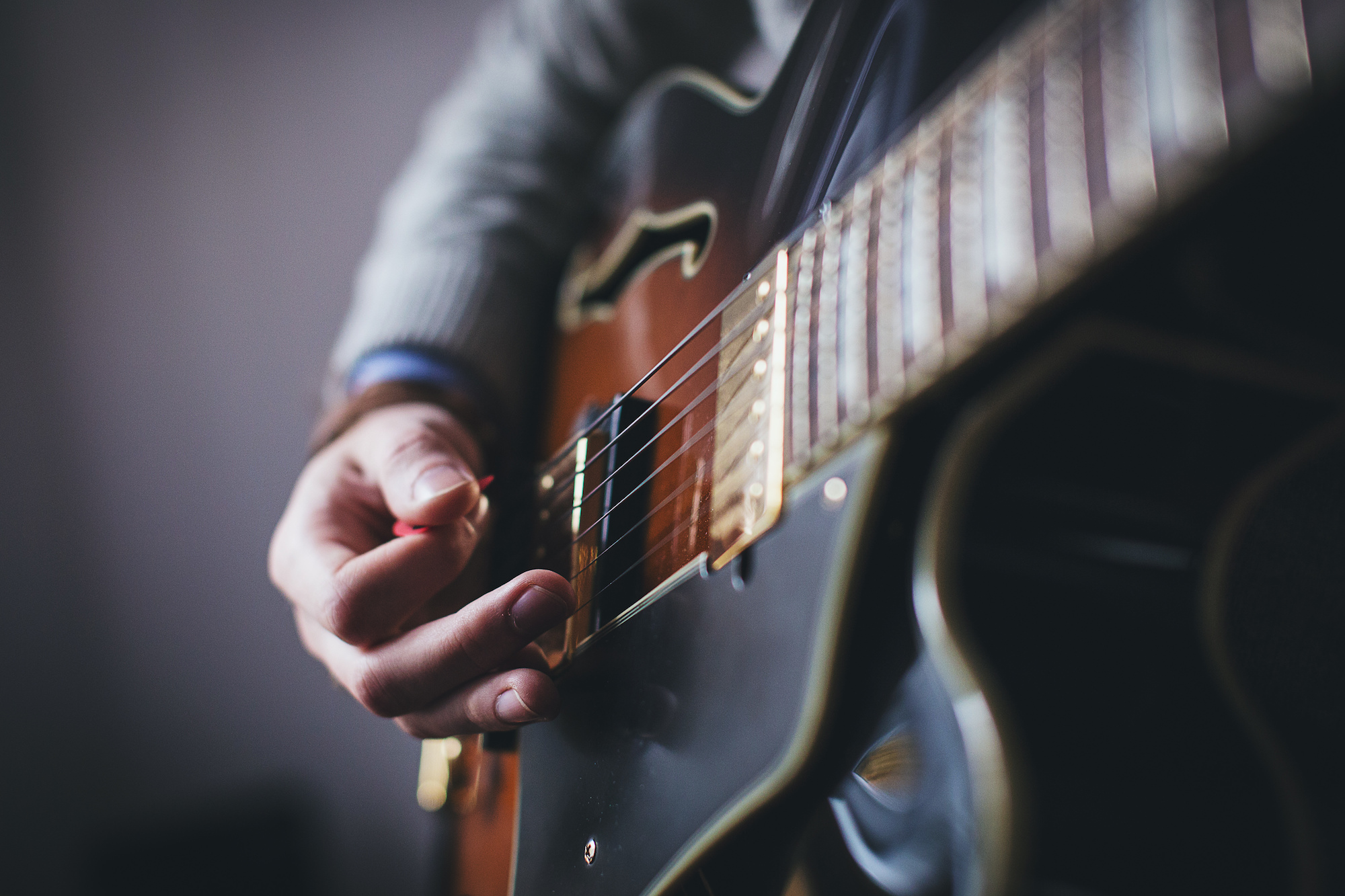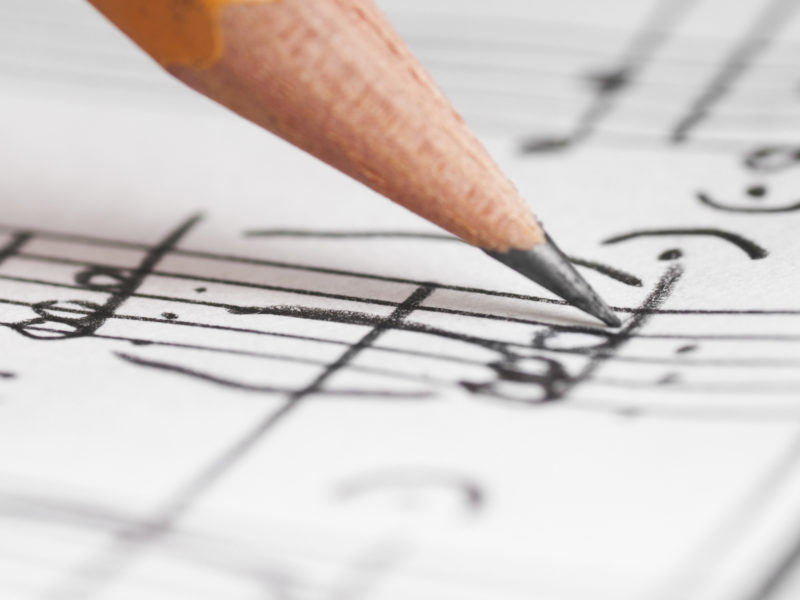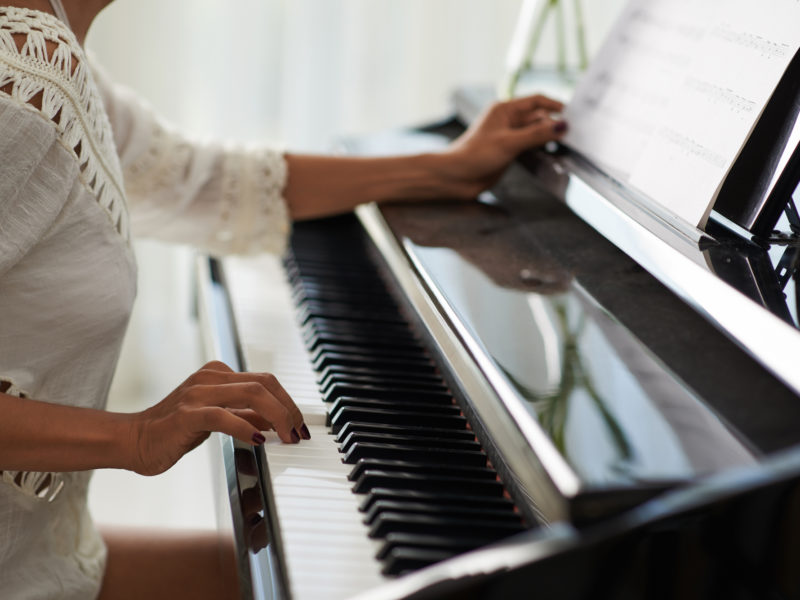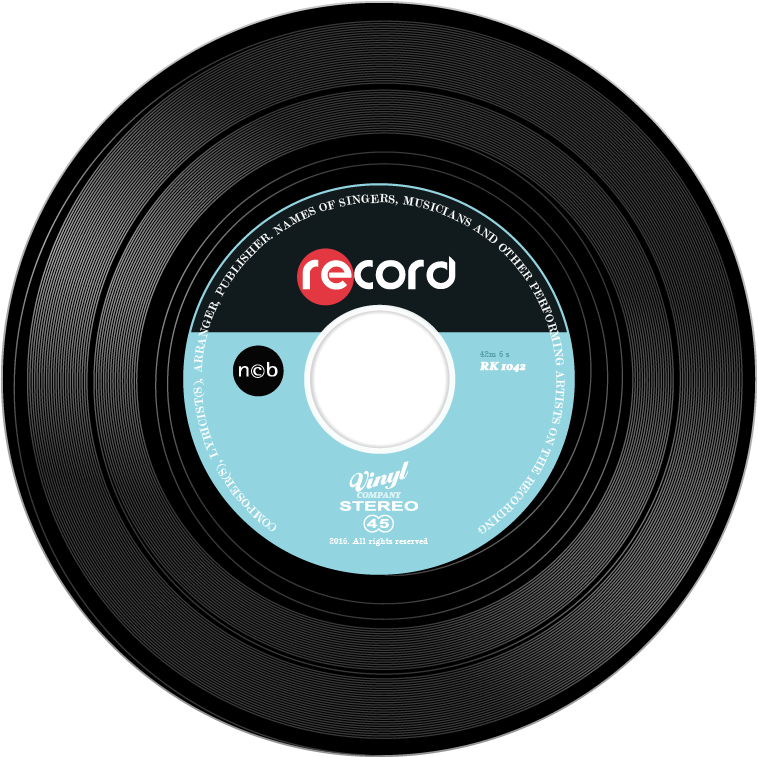When producers and copyright holders want to donate their royalties for charity purpose the following guidelines should be applied:
- The producer submits his product for NCB-registration as usual.
- NCB invoices the product according to the stipulations of NCB’s licensing terms (work-by-work producers) or NCB’s standard contract(s) (signatories to the standard contract in question).
- The copyright holders have to approach their performing rights society in order to make an agreement of how the royalties are to be distributed. The copyright holders have the following three options:
a) When royalties are distributed to the copyright owner he can redistribute the royalties to the charitable organisation.
b) The performing rights society can offer to register a transport of the royalties to the charitable organisation within a specific period of time which has been agreed.
c) The performing rights society can agree to the fact that the mechanical copyright of the work in question can be assigned to the charitable organisation in question. This means that all royalties as far as this work is concerned will be distributed to the charitable organisation forever or within a specific period of time, which has been agreed. However, the performing rights societies are unwilling to agree to this, and if they do so, it is only if royalties are donated in case of a catastrophe – for instance the tsunami in 2004. The performing rights societies cannot agree to an assignment of the mechanical copyright when a donation is made only for the purpose of the organisation’s ordinary relief work.
Option a) or b) result in the fact that the copyright holder will be liable to pay tax whereas option c) results in the fact that the charitable organisation will be liable to pay tax.
When extreme catastrophes happen cf. option c) above NCB’ management will make a decision whether or not NCB should refrain from calculating commission before the royalties are distributed to the charitable organisation.
The performing rights societies make a decision on the performing rights income, if any, to be part of the donations in question.

